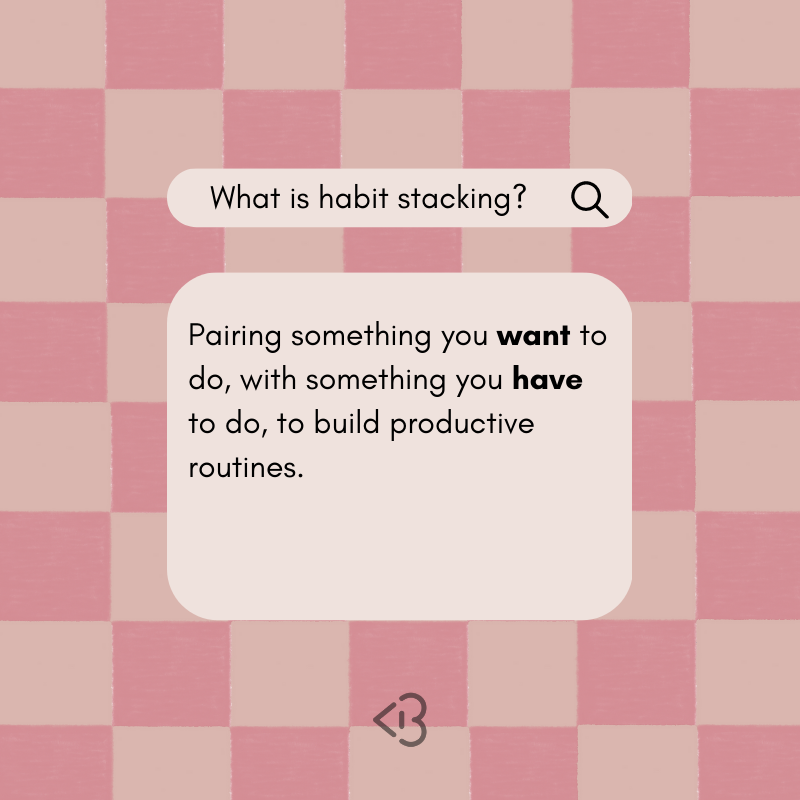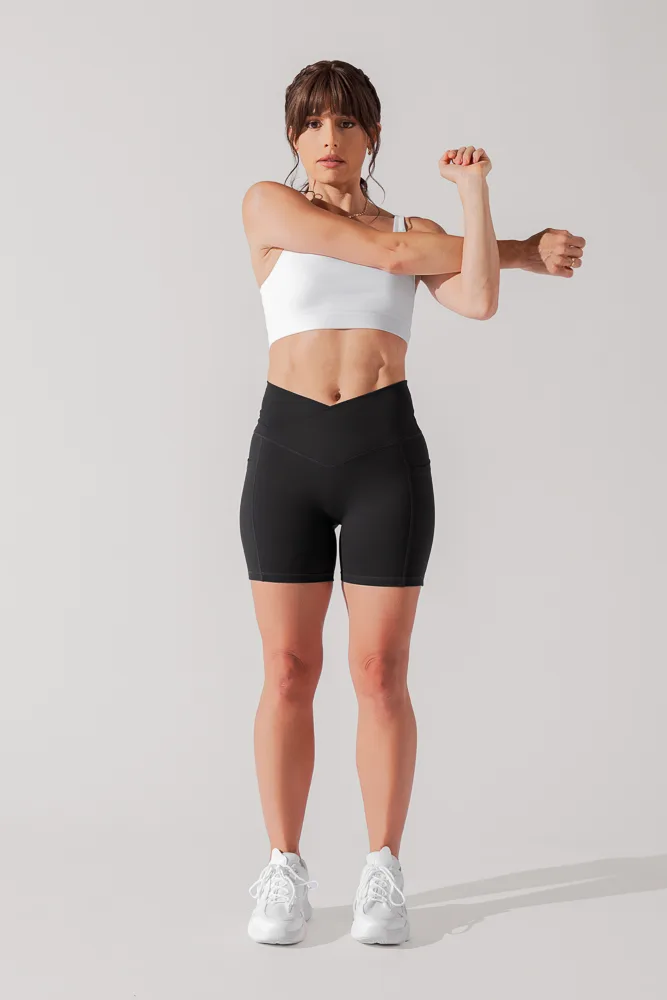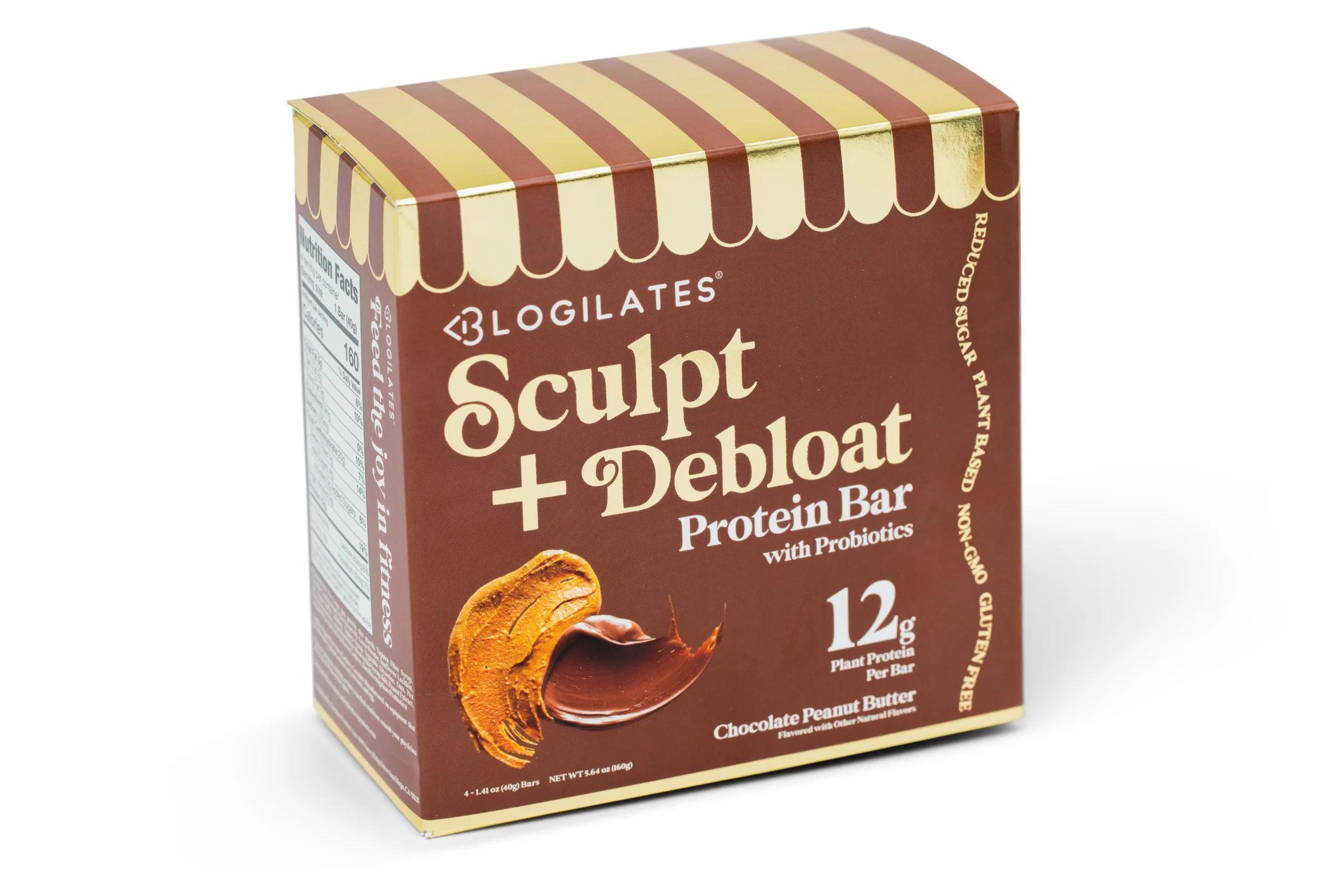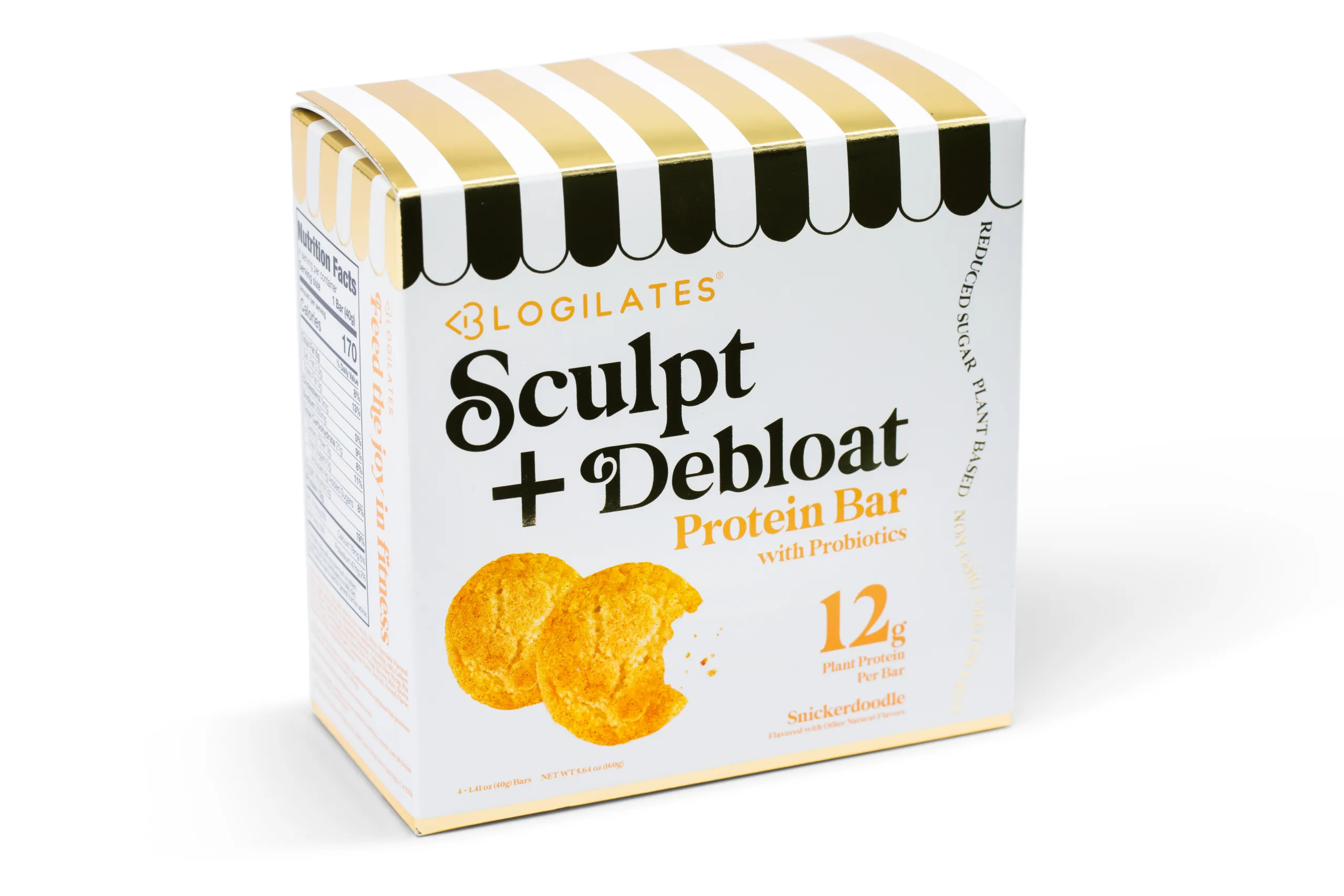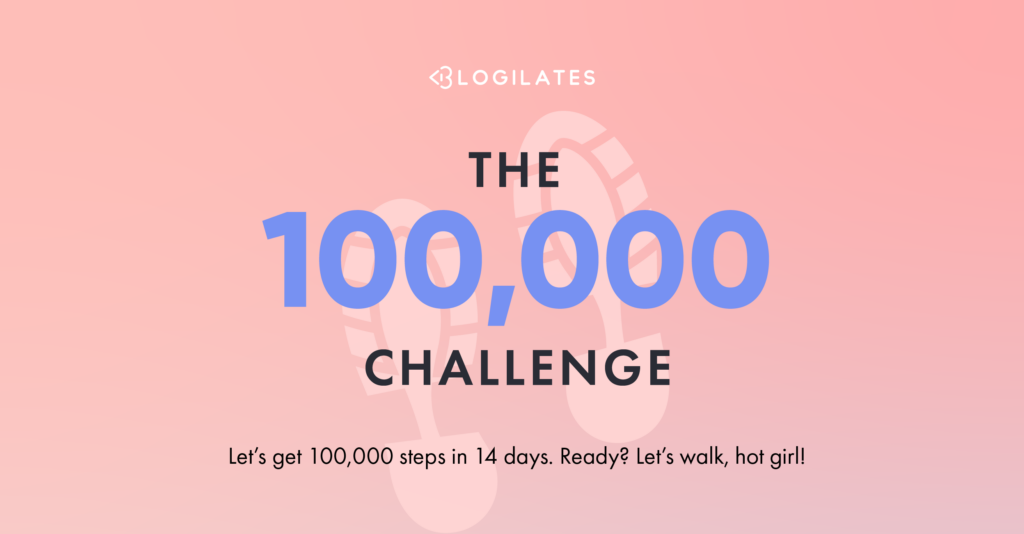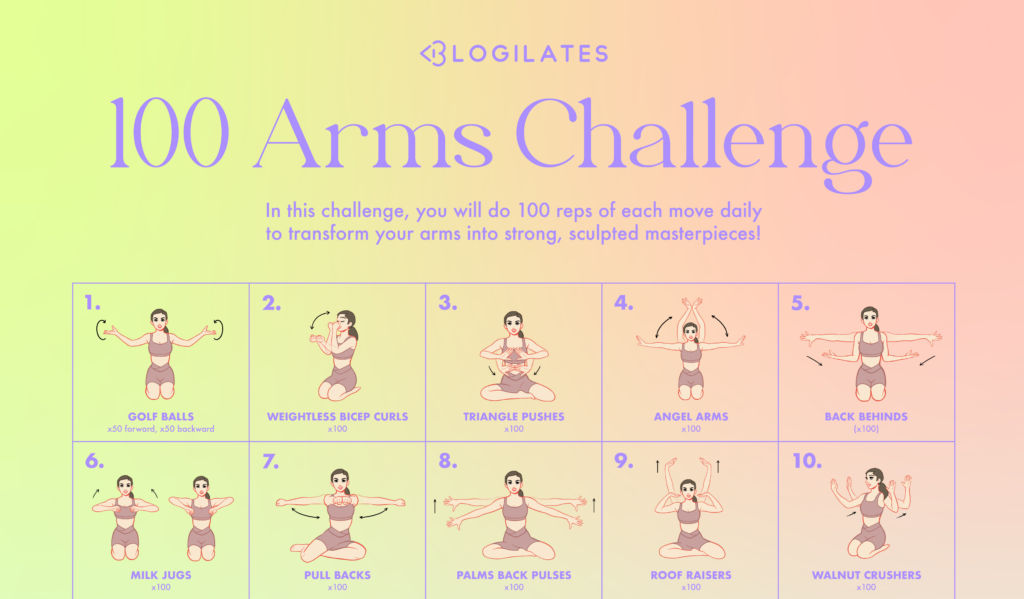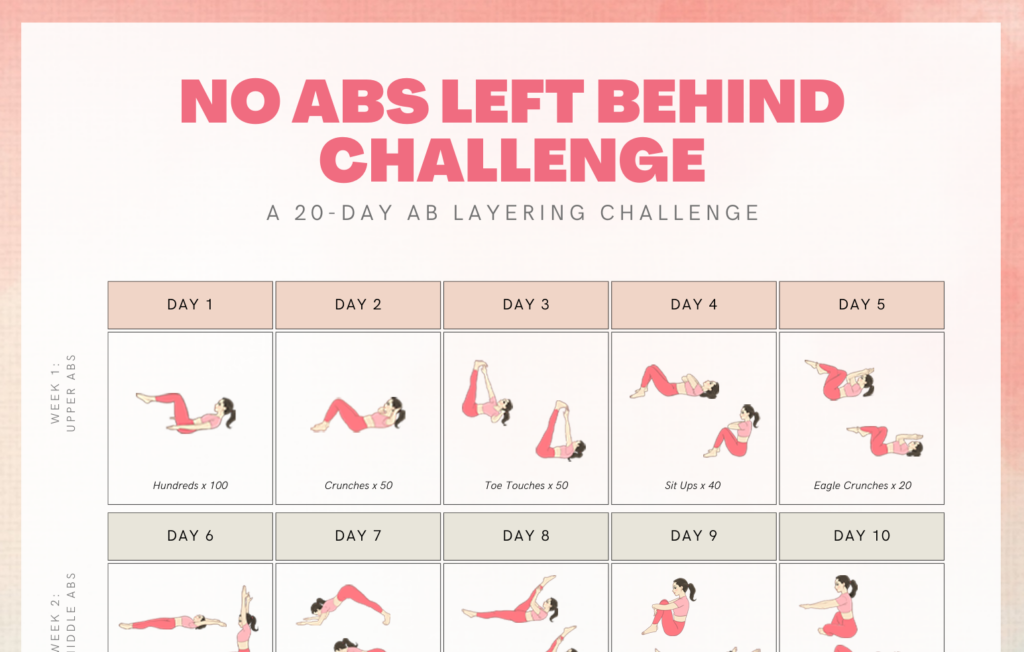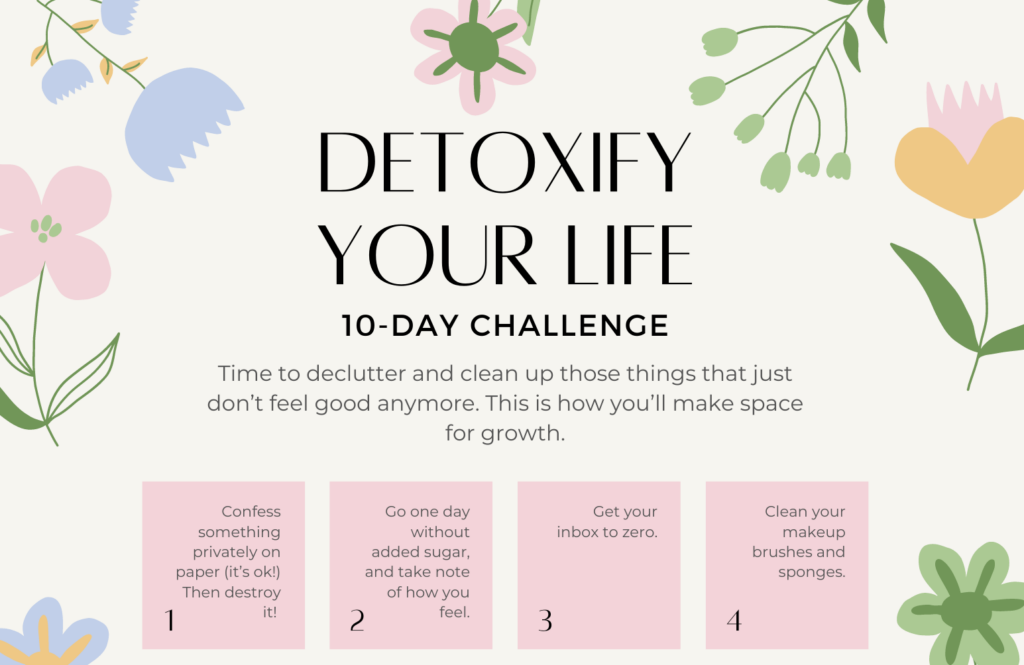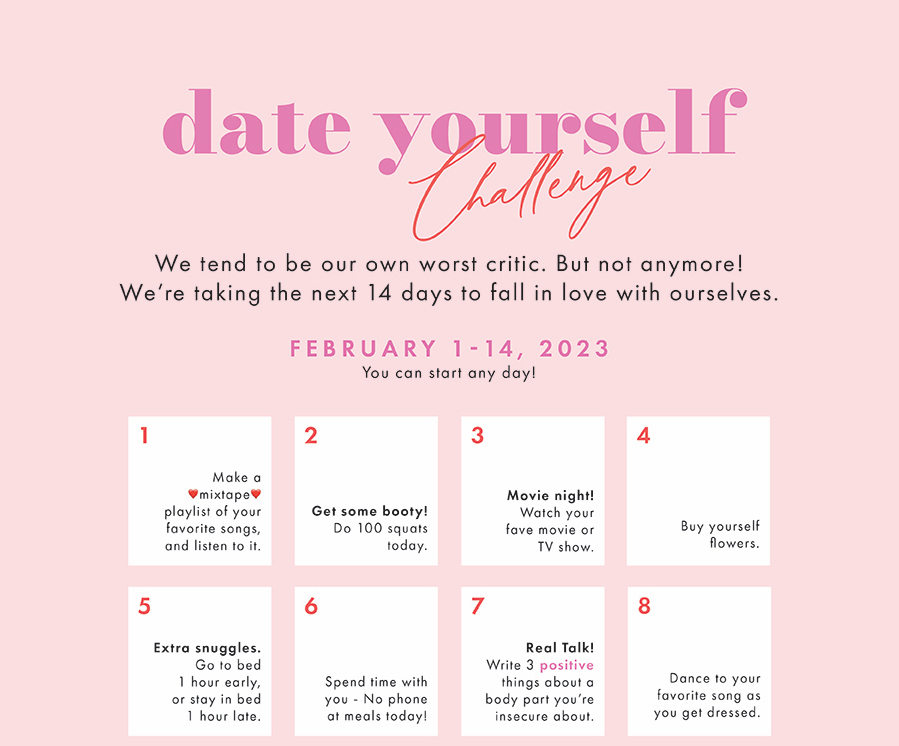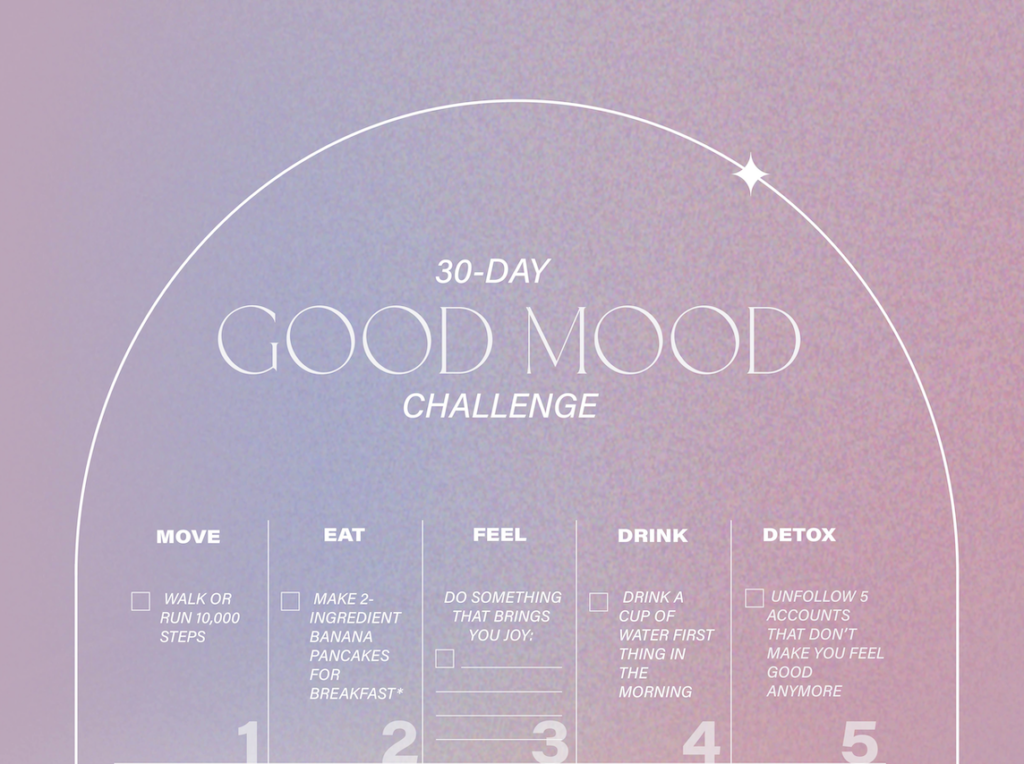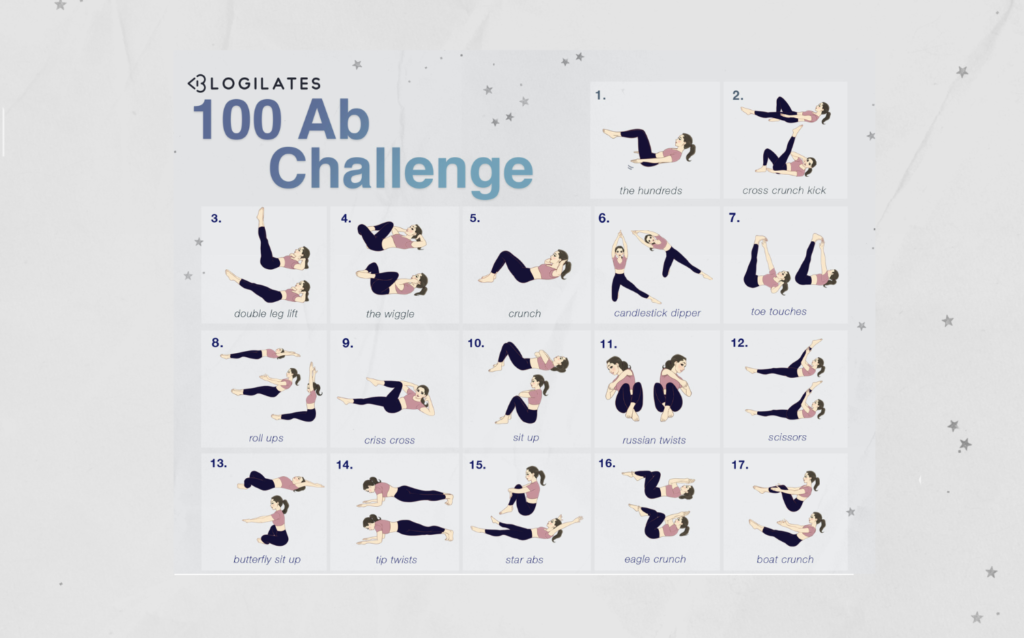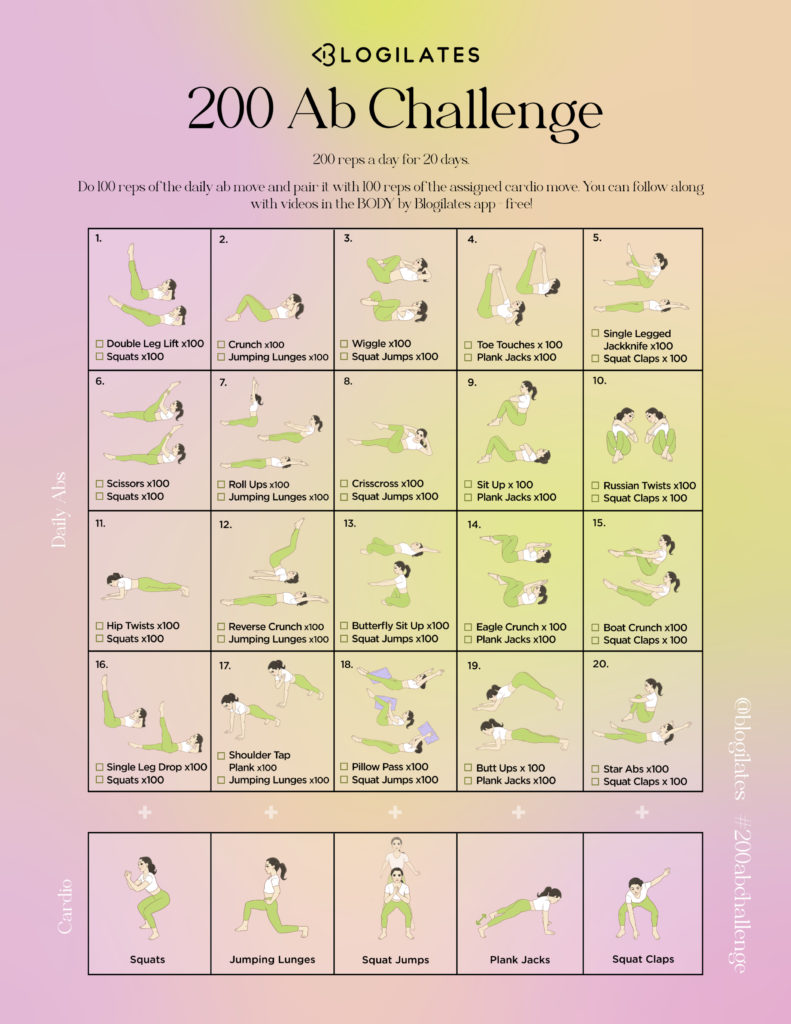Habit Stacking is Helping Us Make Changes That Actually Stick
- Life
- Feb 17, 2023
-
 No Comments
No Comments
- By Amanda Lauren
Now that we’re 2 months into 2023, maybe you’re starting to reflect on how you wanted to better yourself this year. Perhaps you’re ready to build onto what you’ve started.
It doesn’t matter what your goals are— whether it’s maintaining a more challenging fitness routine, boosting daily productivity, or just having a more organized home. Big changes are hard for everyone. So instead of trying to change everything all at once, you could consider habit stacking.
What is habit stacking?
Habit stacking is just like it sounds – adding one habit to another one. Think small here. Let’s say after you make your morning coffee (a habit), you sit down and write a gratitude list. Yes, it can really be that simple.
Another example of this is adding five minutes of independent stretching or cardio after your daily workout. Habit stacking should be easy and come somewhat naturally.
“Instead of trying to course correct everything all at once, which is what happens to most people, I simply look at one habit at a time that needs to change, remove it and replace it with a better habit, at least one per week or every other week,” says founder, writer, and podcaster Matt Gottesman.
Every single person can make the effort to improve at least one or two “bad habits.” One habit that many of us have (raising my hand here) is scrolling social media while eating breakfast. Instead of scrolling, we can substitute this for journaling, looking at your planner, or perhaps even writing down five things you’re grateful for.
The trick to habit stacking is only choosing sustainable habits. This can be different for everyone. For example, if you have kids that need your attention during your morning coffee time, it might be hard to keep up with a gratitude list. However, you can commit to writing a gratitude list at night after the kids go to bed.
@elleleonardofficial Habit Stacking Hack #livingleonard ♬ Blue Blood – Heinz Kiessling
The little things become the big things
The good news with habit stacking is that all of these little changes add up to an improved version of yourself. “In eight to twelve weeks, you have a whole different set of behaviors that are happening, but they happened at an easier pace,” says Gottesman.
Habit stacking has personally changed his life. “I never thought I’d be a guy who follows a strict daily schedule (three two-hour sprints of deep work), cooking (constantly building on good nutrition), meditation, prayer, ice baths, infrared sauna, five days a week working out, and more. I have afternoons and evenings free. I get up at 5:00 am and go hard until 12:30 or 1:00 pm. Then, I’m done if I want to. Good habits and discipline actually gave me freedom.”
Remember, if you’re going to stack habits, the key is not to make a bunch of intense lifestyle changes all at once. Gottesman suggests starting small. Add things in five-minute increments such as five minutes of journaling, breathwork, meditation, or mobility work.
@shelbysacco5 #stitch with @trainingforamazing Comment one way you are going to #habitstack this week! #sadtosavage #shelbysacco #healthyhabits #habitstacking ♬ Monkeys Spinning Monkeys – Kevin MacLeod & Kevin The Monkey
Tips to get started with habit stacking
First, think about your goals. What changes are you hoping to see? Do you want to use your time more wisely? Be more productive? Find more time for self-care? Be more present?
Then, identify the “bad” habits that seem to hold you back. Maybe it’s hitting snooze too many times every morning, or scrolling aimlessly certain times of the day. Maybe there are so many things you want to accomplish in a day that you just feel frozen.
James Clear, who resurfaced the concept of habit stacking (and made it go viral) in his book Atomic Habits, calls these situations “triggers.” He actually takes this a step further, saying that any habit you do every single day can be a trigger.
He then recommends stacking the trigger with a new habit that you want to start.
Write it out
Start by writing down all of your triggers. Then, make a list of some new habits you want to start. Lastly, find ways to pair them together. Here are some examples:
- Scrolling TikTok (trigger) while you walk on the treadmill (new habit)
- Listening to an audio book (new habit) during your commute to work (trigger)
- Writing in a gratitude journal (new habit) while you eat breakfast (trigger)
- Drinking a glass of water (new habit) when you alarm goes off in the morning (trigger)
There’s a ton of space in the Fit Planner to brainstorm AND track new habits. Habit stacking makes change easier to achieve, but we still love to track and celebrate when we actual stick to it!
Start small
Again, don’t try to change everything at once! Start with one habit and give it some time before adding another.
So what do you think? Are you going to give habit stacking a shot?
